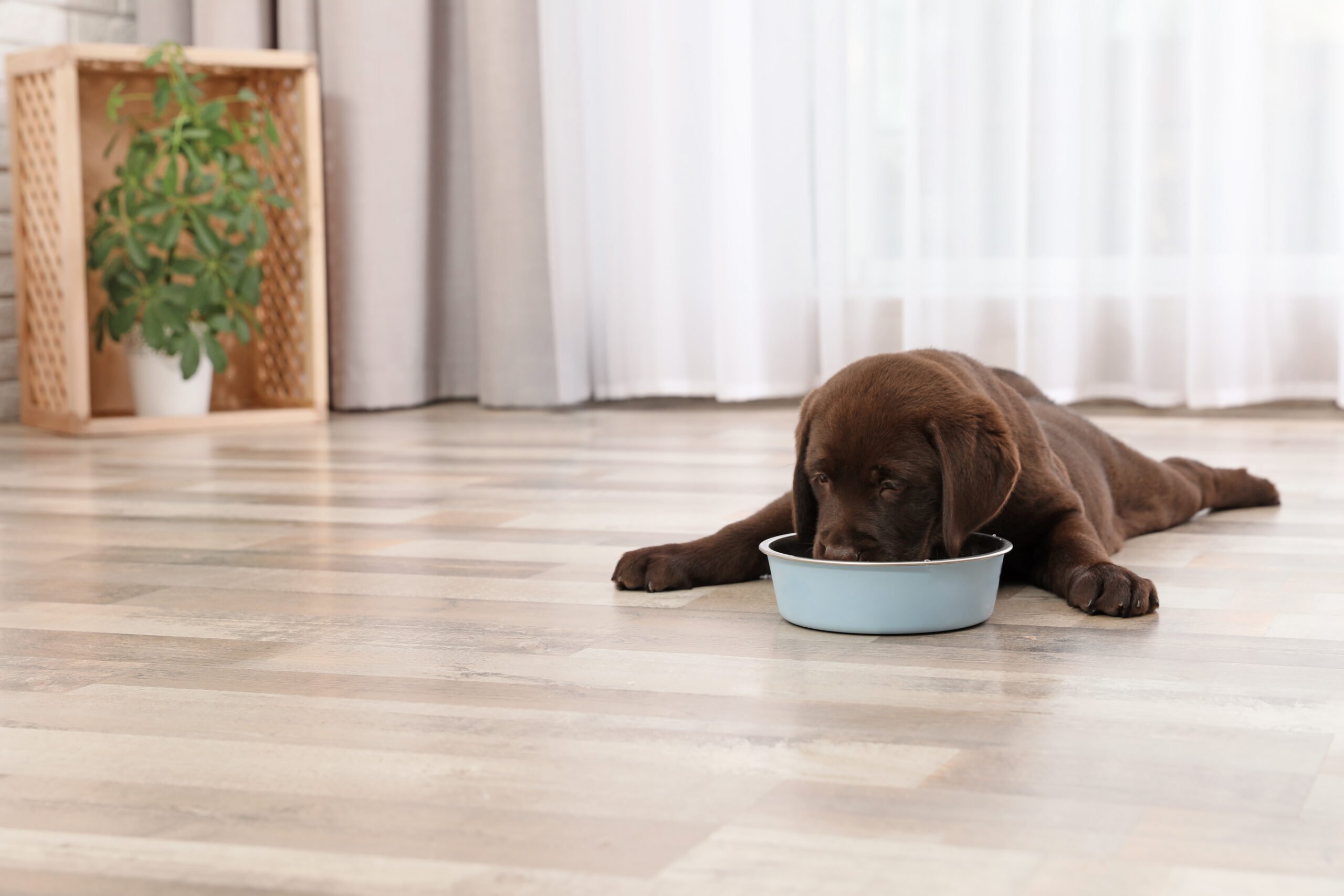
Are allergies wreaking havoc on your daily life? The constant sneezing, itchy eyes, and congestion can be truly frustrating. While you can’t control outdoor allergens, you have the power to create an allergen-friendly haven within your home. And it all starts with choosing the right flooring materials.
At Greenville Flooring & Mattress in Greenville, MI, we understand the struggles of allergy sufferers. In this comprehensive guide, we will walk you through the significance of selecting allergy-friendly flooring and provide insights into the best flooring options to create a healthier and more comfortable living space for you and your loved ones.
The Crucial Role of Allergy-Friendly Flooring
Your home should be your sanctuary, a place where you can escape allergens and find relief from your symptoms. Allergens like dust mites, pet dander, and mold often settle on various surfaces within your home, including your floors. Therefore, the choice of flooring material plays a pivotal role in creating an allergy-friendly environment.
Top Flooring Options for Allergy Sufferers
1. Hardwood Flooring
Hardwood flooring stands out as an exceptional choice for allergy sufferers. Its smooth surface makes it easy to clean, and it doesn’t trap allergens as carpets tend to do. Regular sweeping and occasional damp mopping will help maintain low allergen levels. Additionally, hardwood flooring adds a timeless and elegant touch to any room, combining aesthetics with improved indoor air quality.
2. Laminate Flooring
Laminate flooring is another fantastic option for allergy sufferers. This synthetic material convincingly mimics the look of hardwood without the associated cost or maintenance. Laminate flooring is easy to clean, and its smooth surface prevents allergens from accumulating, ensuring a healthier indoor environment.
3. Tile Flooring
Tile flooring boasts exceptional durability and resistance to allergens. Its hard, non-porous surface is easy to clean and doesn’t trap dust or pet dander. Tiles come in various styles and colors, making them a versatile choice for any room in your home.
4. Vinyl Flooring
Vinyl flooring offers not only affordability but also allergen resistance. It’s easy to clean and comes in a wide range of designs, including options that closely mimic the appearance of natural materials like wood or stone. With vinyl, you can achieve the desired look without compromising on indoor air quality.
5. Cork Flooring
Cork flooring is a unique option that naturally resists mold and mildew, making it an excellent choice for allergy sufferers. Its soft and cushioned texture provides comfort and sound insulation, ensuring both a healthy and cozy living space.
6. Concrete Flooring
Concrete flooring is gaining popularity for its sleek and modern appearance. Sealed concrete is easy to clean and doesn’t harbor allergens. You can add rugs or carpets for warmth and comfort, knowing that the underlying concrete won’t contribute to allergen buildup.
Tips for Maintaining an Allergy-Friendly Environment
Selecting the right flooring is just the first step in creating an allergy-friendly home environment. Here are additional tips to ensure your space remains as allergen-free as possible:
1. Regular Cleaning
Regardless of the flooring material you choose, regular cleaning is essential. Vacuum carpets and rugs frequently using a vacuum cleaner equipped with a HEPA filter to effectively trap allergens. For hard surfaces like hardwood, laminate, or tile, use a damp mop or microfiber cloth to efficiently capture dust and allergens.
2. Use Doormats
Placing doormats at entryways helps trap outdoor allergens like pollen and dust before they enter your home. Encourage family members and guests to wipe their feet before stepping indoors to reduce allergen intake.
3. Maintain Proper Humidity Levels
Keeping indoor humidity levels between 30% and 50% is crucial to prevent mold growth and minimize dust mites. You can use a dehumidifier or humidifier to achieve and maintain the ideal range, depending on your climate and needs.
4. Regularly Wash Bedding
Bedding can harbor dust mites and pet dander. Washing sheets, pillowcases, and blankets in hot water every week will help keep allergen levels low and ensure a restful night’s sleep.
5. Pet Care
If you have pets, regular grooming and vacuuming of pet hair and dander from floors and furniture are essential. Consider creating designated pet-free zones in your home, particularly the bedroom, to create an allergen-free sleeping environment.
Conclusion
At Greenville Flooring & Mattress in Greenville, MI, we understand the critical importance of choosing the right flooring for allergy sufferers. Our extensive selection of flooring materials includes options that not only enhance the beauty of your home but also promote a healthier living environment. Whether you opt for hardwood, laminate, tile, vinyl, cork, or concrete, our team is dedicated to assisting you every step of the way.
By selecting the right flooring and following our maintenance tips, you can transform your home into a haven of health and comfort for you and your family. Bid farewell to allergy-induced discomfort and embrace a serene and allergen-free living space. Visit Greenville Flooring & Mattress today, and let us help you achieve a space that nurtures your well-being and complements your style.

